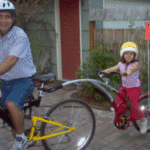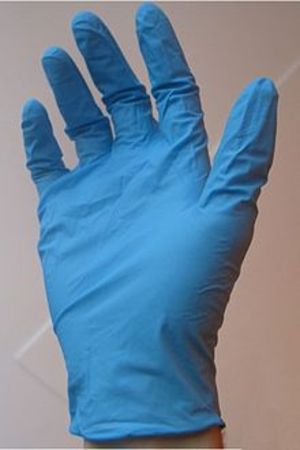GPS has become all the rage in recent years. People love using them in cars to ensure they are making good time and know were they are going, but it can also be extremely helpful for sport related ventures, specifically mountain biking. GPS, also known as Global Positioning Systems, use global coordinates to track your location over a period of time. It’s a safety device as well as a great data collection device. Let’s look at what you can do with the GPS on a mountain bike trail. First off a GPS can serve as a safety device. While “street view” is most common in GPS devices it is also possible to insert or use topographical maps which are more useful for those biking. The GPS records data that tells the rider where they have been and where they are going. Most GPS systems have built in “back tracking” capabilities which allows a user to track their root all the way back to the beginning. If a rider gets lost they simply can backtrack to their starting point. Most GPS systems also have a landmark feature. Users can set points during their ride as landmarks. For example if a rider decides to leave the trail he or she can simply set the point where they’ve gone off as a landmark. Once they are interested in getting back on the trail they simply revert to the landmark point and are shown how to get back in a straight line, simply as that.
Also regarding safety a GPS device allows the riders a constant view of their movement which can later be compared to park trail maps. This feature allows the user to see if they have stayed on the trail and can also help to estimate how much of the trail has been completed and how much is still left.
While a GPS device offers advanced safety it is also useful for individuals who are interested in collecting data regarding their rides. The GPS system will collect average speed, time and elevation data. This data allows the rider to review their ride, speeds and times for better understanding of their overall performance. Self-proclaimed “data junkies” will love this feature.
Data junkies can also use the data collected by the GPS to assess how long it will take them to complete the remainder of a trail. While much of that information would be guesstimates based on the riders previous performance and the amount of trail left it’s a nice tool to motivate those who are struggling a bit through a difficult trail.
Garmin eTrex Legend is a GPS system that will work for most mountain bikers. It is a high sensitivity receiver which makes accuracy much better when out in more remote areas. The device is small enough to fit comfortable on the rider but still has a relatively large screen which makes reading easy. The device is also expandable via microSD slots. At $289.00 the Garmin eTrex legend is one of the more affordable units.
Megellan, a leading name in GPS devices, offers a nice bare bones GPS for users who are not interested in all the fancy options other devices offer up. The Triton 200 is a simple, easy to use device built into a waterproof casing. It allows users to map out their destination and get there, but that’s about it, unless the user is interested in moon phases, but for $119 it’s a usable device that you won’t have to worry much about.
Garmin also offers up the GPSmap 60CSx. The unit retails for around $500 but it offers up a world of great features for the sports inclined. Not only does the device collect the data wanted but it is one of the fastest connecting GPS devices available. It also offers quick access to a number of functions via shortcut buttons predominantly displayed on the face of the device. New maps can be loaded quickly via USB connection and a MicroSD slot offers up expansion possibilities. On top of all that the device is also made of rugged materials and it is waterproof making it an ideal choice for mountain bikers who maybe encountering rocky terrain and water
The Garmin Oregon 400t hand held GPS is one of the nicest in the business. It’s a touch screen GPS that makes plotting waypoints and backtracking as simply as touching the screen. The device allows users to set different profiles depending on the situation they are using the device in. It comes with all the standard options that the GPSmap does but in addition allows users to hook up heart rate monitors that display the users information largely on the front screen. This device is a bit more fragile than the GPSmap addition but the added features and usability make it well worth that $600 price tag.
USGlobalSat GH-615M GPS Sports Watch is another GPS device that is useful for those who are athletically inclined. The device tracks the users position repeatedly and allows for the set up of waypoints. It’s greatest feature is the fact that it is packed nicely into a small sports watch. The casing is waterproof as an added bonus and comes with a highly sensitive receiver that ensures tracking accuracy. Overall it’s a nice device for those interested in a small and compact global positioning system. At $169 it is well priced for what it does.




